Guide to Yasuni National Park (13 Things: Ecuador’s Biodiverse Park)
Yasuni National Park is one of the most biodiverse places on earth! Visiting Yasuni is sure to be a highlight of your trip to Ecuador. In this post, we cover 13 things you need to know about visiting Yasuni, including location, number of species, how to get there, weather, and more.
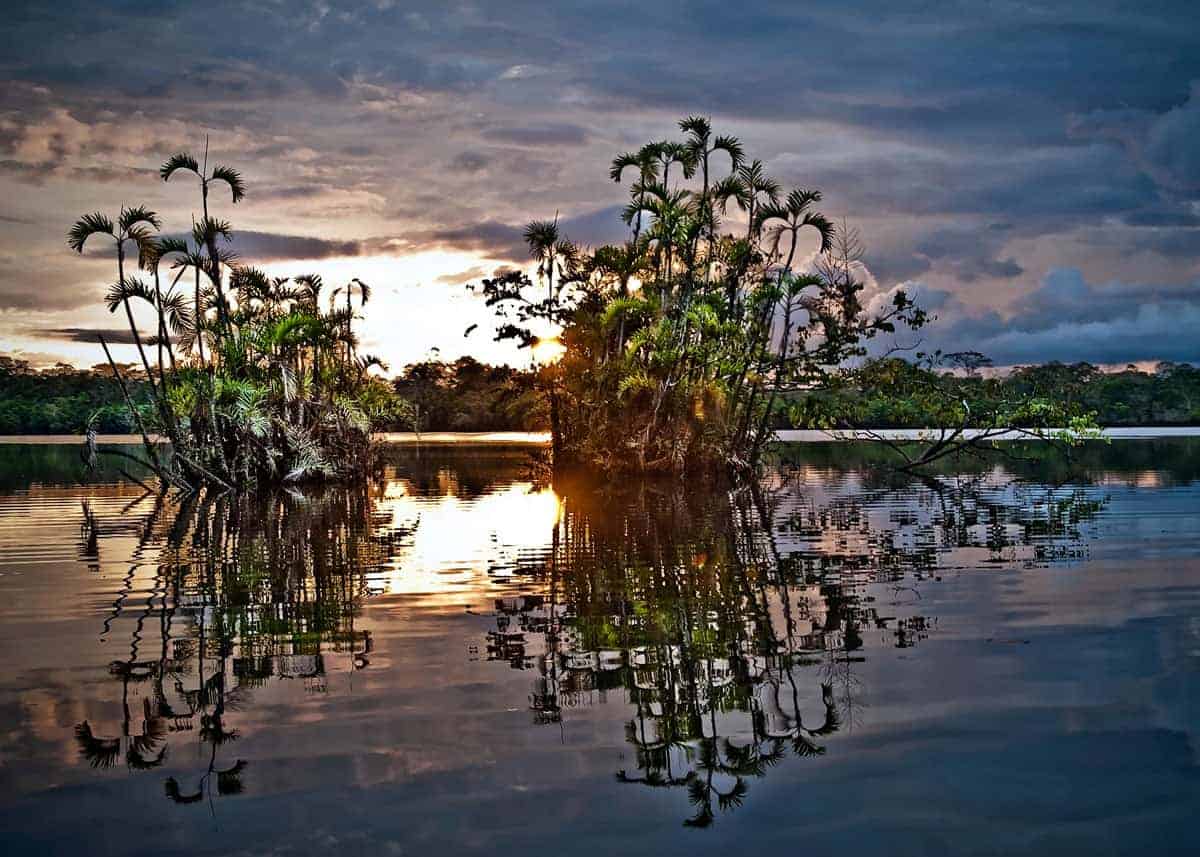
Yasuni National Park: 13 Things to Know
Yasuni is like the Galapagos because it’s one of those places you’ll never forget. In fact, just getting there is an adventure.
And once you arrive, you’ll see and learn so much with the help of your naturalist guide.
But there are some things that you’ll want to know before you go. Here’s what you’ll want to know before you travel to Yasuni.
1. Where is Yasuni National Park located?
Yasuni National Park is located in Ecuador, South America. It is located roughly 200 miles (320 kilometers) east of Quito.
Yasuni is in a tropical rainforest and spans the provinces of Pastaza and Orellana in the eastern part of the country. Some reference works incorrectly state that Yasuni is also in Napo Province.
It is located near the border with northern Peru. The Napo and Curaray rivers run through the national park.
Here are the location coordinates for Yasuni National Park.
- DMS: 1°5′S, 75°55′W
- Decimal: -1.083333, -75.916667
- UTM: 18M 398012 9880244
Yasuni National Park in Spanish is Parque Nacional Yasuní
2. Map of Yasuni National Park
To help you get an idea of the size and placement of the park, here is a zoomable map of Yasuni.
3. How to get to Yasuni National Park
Yasuni is an isolated area. Unfortunately, you can’t just catch a flight and a cab. To get to Yasuni, you’ll need to travel by plane and boat (down the Napo River).
The most common way to get there is to travel to Puerto Francisco de Orellana (Coca) and then travel by boat (two and a half hours down the Napo River) to Yasuni.
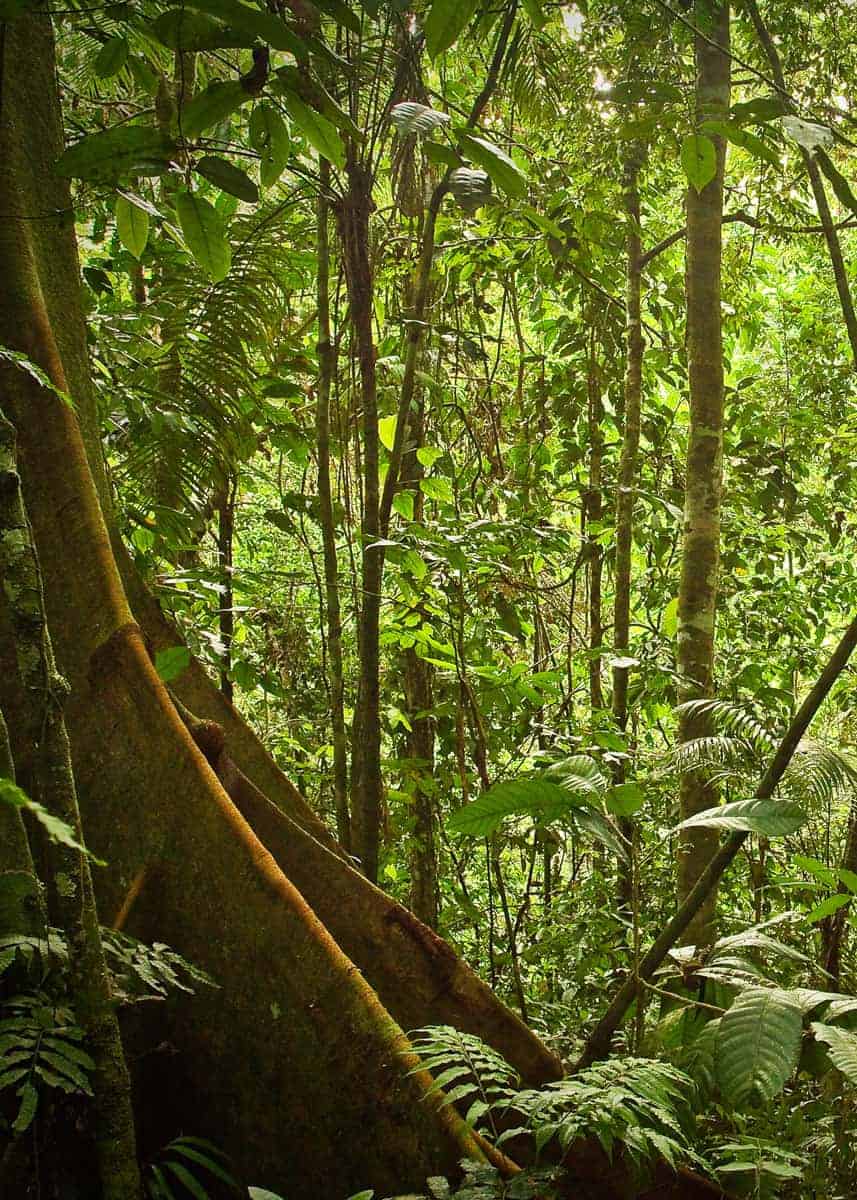
4. Why is Yasuni National Park so special?
One of the major factors that make Yasuni such a biologically diverse place is its location. It is located near the equator at the base of the Andes mountains in the Amazon Basin, this means that it stays warm, is traversed by rivers, and experiences abundant rainfall all year round.
According to Smithsonian Magazine, Yasuni National Park “may have more species of life than anywhere else in the world”.
An amazing variety of plant life (over 4,000 species) thrive in the climate of Yasuni, this diverse ecosystem produces a lot of food throughout the year which supports a wide range of animals. It was designated as a Biosphere Reserve by UNESCO in 1989.
The diversity of life leaves many without words. According to Dr. David Romo, co-director of Tiputini Biodiversity Station (Universidad San Francisco de Quito), “People get stuck on awesome. It is hard to use too many words other than awesome because, well, it is.”
The location, climate, plant and animal life of Yasuni make it an extremely special place. But you’ll also find that the people of Yasuni make it special, as part of your visit you’ll enjoy experiencing the culture of the Waorani (Huaorani) people.
Yasuni is also home to two Waorani tribes living in voluntary isolation – the Taromenane and the Tagaeri who live in a protected area within Yasuni. These are among a very limited amount of people in the world living in this type of isolation.
Yasuni is located in the Amazon, the largest rainforest in the world.
5. How biodiverse is Yasuni?
Despite covering less than 0.15% of the Amazon Basin, roughly 33% off all reptile and amphibian species are found in Yasuni.
Here’s a glimpse of the diversity of life in Yasuni:
- 382 species of fish (estimates range from 382 to 499 species)
- 100,000+ species of insects (roughly the same as all of North America)
- 121 species of reptiles
- 150 species of amphibians
- 595 species of birds
- 169 species of mammals (could be as high as 204 species)
- 4,000+ vascular plant species
Here are some notable facts about diversity inside of Yasuni:
- World records for tree and liana diversity
- World records (3) for woody plant species diversity
- 43 species of endemic vertebrates
Here’s more about the global conservation significance of Yasuni.
6. What species are threatened in Yasuni?
A number of the species found in Yasuni are threatened. Here’s the breakdown:
- Threatened amphibian species: 1 (of 150)
- Threatened reptile species: 2 (of 121)
- Threatened bird species: 2 (of 595)
- Threatened mammal species: 8 (of 169)
- Threatened plant species: 28-56 (of 2,704 – 4,000)
The range of species indicates uncertainty.
7. What species are regional endemics to Yasuni National Park?
The term endemic refers to a species being unique to a defined geographic location. This differs from indigenous – which means that it can also be found elsewhere.
Here’s the summary of species endemic to Yasuni:
- Regional endemic amphibian species: 20
- Regional endemic reptile species: –
- Regional endemic bird species: 19
- Regional endemic mammal species: 4
- Regional endemic plant species: 400-720
8. What animals can you see in Yasuni National Park?
There is an abundance of animal life in Yasuni.
You’ll find thousands of species of insects (more than any other forest), birds (over 610 species), amphibians (more frog and toad species than all of North America), reptiles (over 121 species), and mammals (over 204 species) here.
In fact, new species are still being discovered!
Some of the fauna you can see include monkeys (12 species), toucans, the giant armadillo, marmosets, hummingbirds, capybara, vampire bats, parrots, puma, deer, butterflies, harpy eagle, macaws, jaguars, turtles, caimans (black and spectacled), and giant otters. And so many more!

9. Is it safe to visit Yasuni National Park?
If you pack properly and take the appropriate precautions (food and sun safety) it is safe to visit Yasuni.
You can only access the park by traveling with an authorized tourism operator that uses certified naturalist tour guides.
Many of the same principles apply to travel in Yasuni as traveling throughout Ecuador.
The major things to keep in mind are to:
- Stay with a group
- Listen to your guide
- Only drink bottled/filtered water/ice
- Only eat properly cooked/prepared food
- Wear plenty of sunblock and a wide-brimmed sun hat
- Use bug spray/insect repellent
- Travel by plane, reputable van service, or reputable taxi service. Avoid inter-provincial bus travel
- Get vaccinated for yellow fever and tetanus
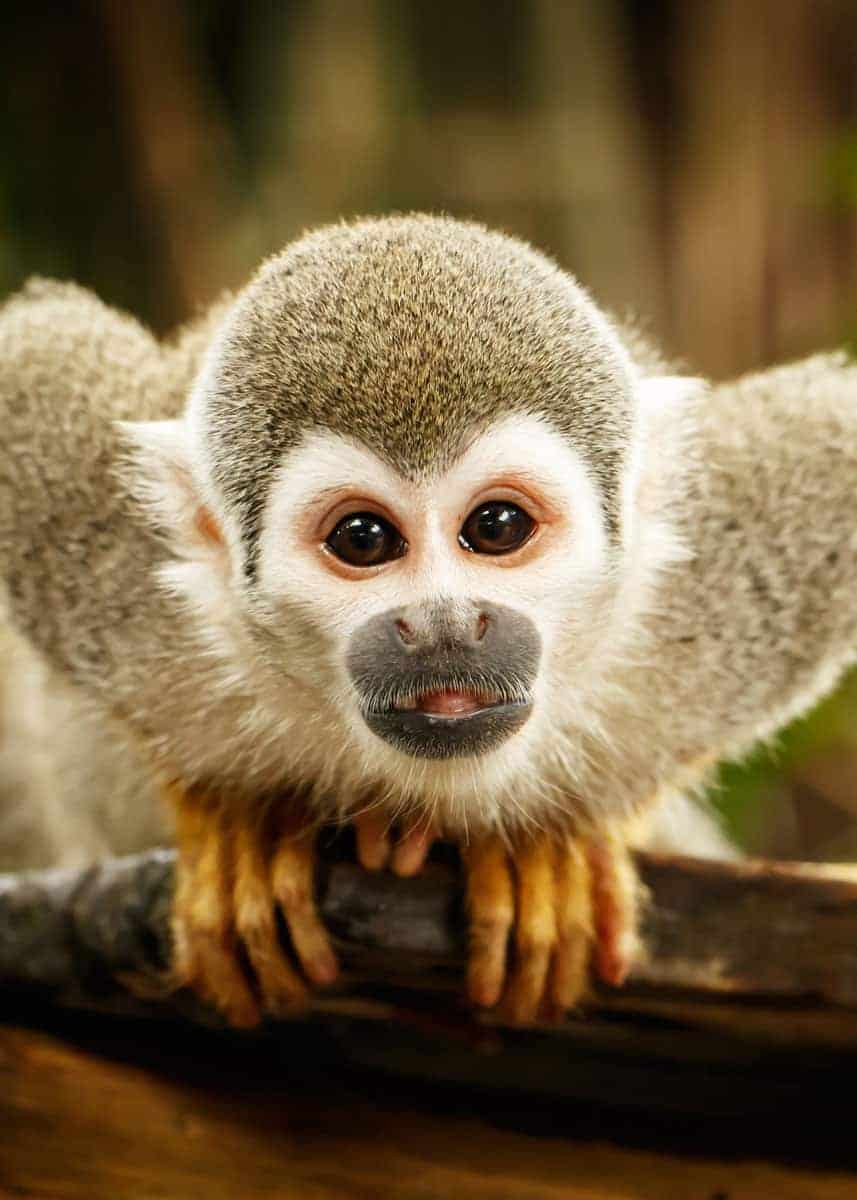
Inquisitive squirrel monkey that you might see on your Yasuni trip.
10. What is the weather like in Yasuni National Park?
Yasuni is in the rainforest so it rains a lot, almost every day and especially in the afternoon. The rainiest time of year is April through September.
It is near the equator at a low elevation (around 200 to 300 meters above sea level) which means it has a hot humid climate with an average temperature on 80ºF / 26ºC.
While the days are hot, it can cool off a little in the evenings so it’s a good idea to change into fresh/dry clothing as the evening sets in.
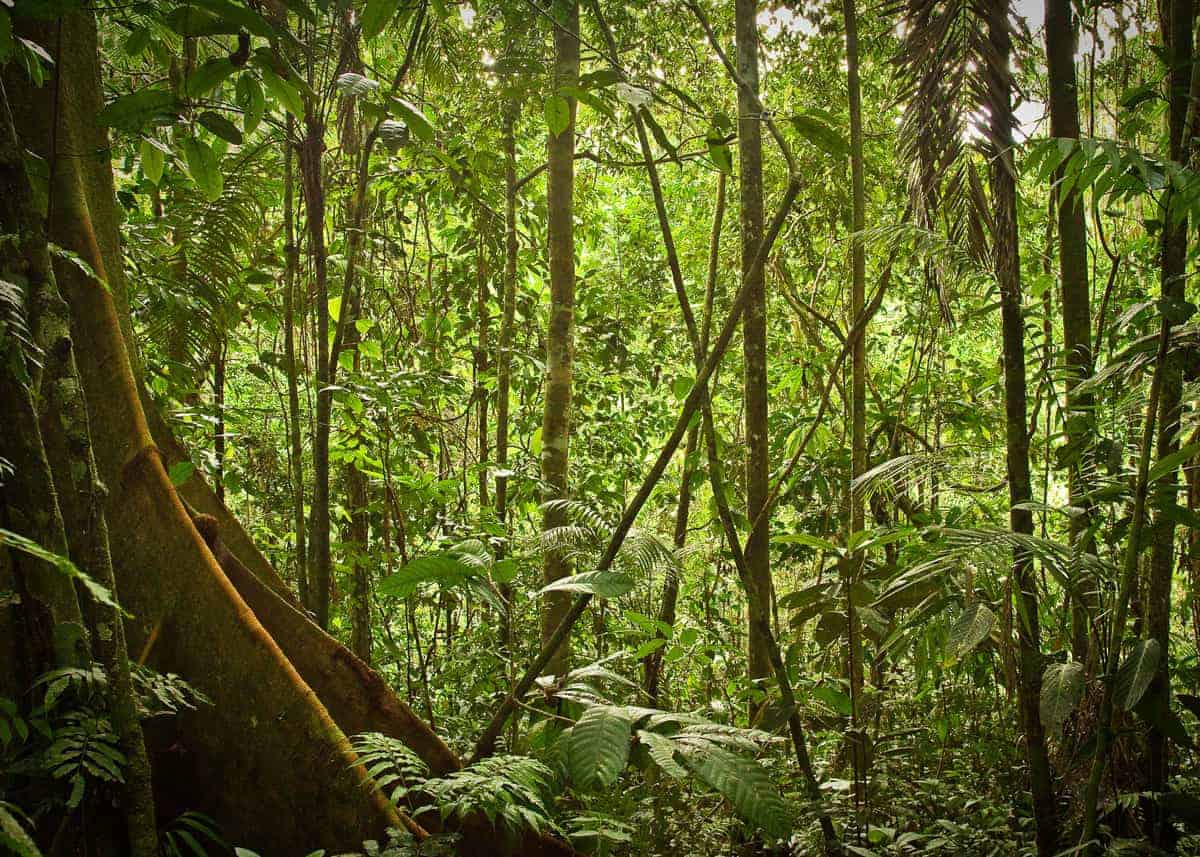
Yasuni makes up a small part of Ecuador’s Amazon Rainforest.
11. How large is Yasuni National Park?
Yasuni National Park has a land area of 3,792 mi2 (9,823 km2).
This makes Yasuni larger than Cyprus (3,568 mi2 / 9,240 km2 ) and Puerto Rico (3,425 mi2 / 8,870 km2), and only slightly smaller than The Bahamas (3,865 mi2 / 10,010 km2).
12. What’s the elevation of Yasuni National Park?
Yasuni has an elevation of 620-1250 feet (189-381 meters). This is low enough that visitors don’t need to worry about elevation sickness.
Visitors should be aware that Quito (where you’ll fly into) is much higher. Quito has an elevation of 9,350 feet (2,850 meters) above sea level. Even with this significant elevation, most travelers aren’t affected seriously.
13. How should you pack for Yasuni National Park?
When packing for Yasuni you’ll want to keep in mind waterproof lightweight clothing and camera gear.
Here are some of the essentials:
- Cash: USD in small bills, 20’s or smaller. Depending on your location in the Amazon it may be difficult (or impossible) to find an ATM. Cash is always a good idea. Many locations will not accept anything above a $50, smaller bills are best. You may want cash for souvenirs, personal items, and tips.
- Credit card. Most locations accept Visa, MasterCard, Diners Club, and American Express.
- Passport and a copy of your passport.
- Travel / Medical insurance information.
- Quality sunblock and a wide-brim sun hat. The sun is strong on the equator and you don’t want a burn to ruin your trip. Make sure to bring or buy broad-spectrum, waterproof, high SPF sunblock.
- Medication. Make sure to bring enough of whatever prescription and non-prescription medication you need. This may be hard or impossible to come by in the Amazon. And even if they do have it, you may not recognize the Spanish equivalent. Along with your prescription medication, you may want to pack pain medication, motion sickness pills, and Pepto-Bismol.
- Extra eyeglasses/sunglasses and contacts
- Band-aids and antibiotic cream. A small basic first aid kit is always a good idea.
- Lip salve
- Bug spray/insect repellent with DEET
- Anti-itch cream
- Hand sanitizer
- Toiletries. Toothpaste, toothbrush, sanitary napkins, comb… If you plan on wearing makeup, waterproof would be the best choice. You may want to leave your razor at home because nicks and cuts could easily become infected in the jungle. It would be better to bring hair removal gel or get a wax before you travel.
- Binoculars. These are essential for seeing birds and other animals in the canopy. Here are the best compact binoculars.
- Waterproof day pack. You’re going to want something to keep your things dry during excursions.
- Refillable water bottle. It might be a decent idea to bring along a portable water filter. Filtered water might not be as available as you would like on your long hike. And there certainly won’t be time to boil water to sterilize it.
Hungry for more? Learn about all 35 National Parks, Reserves and Refuges in Ecuador.
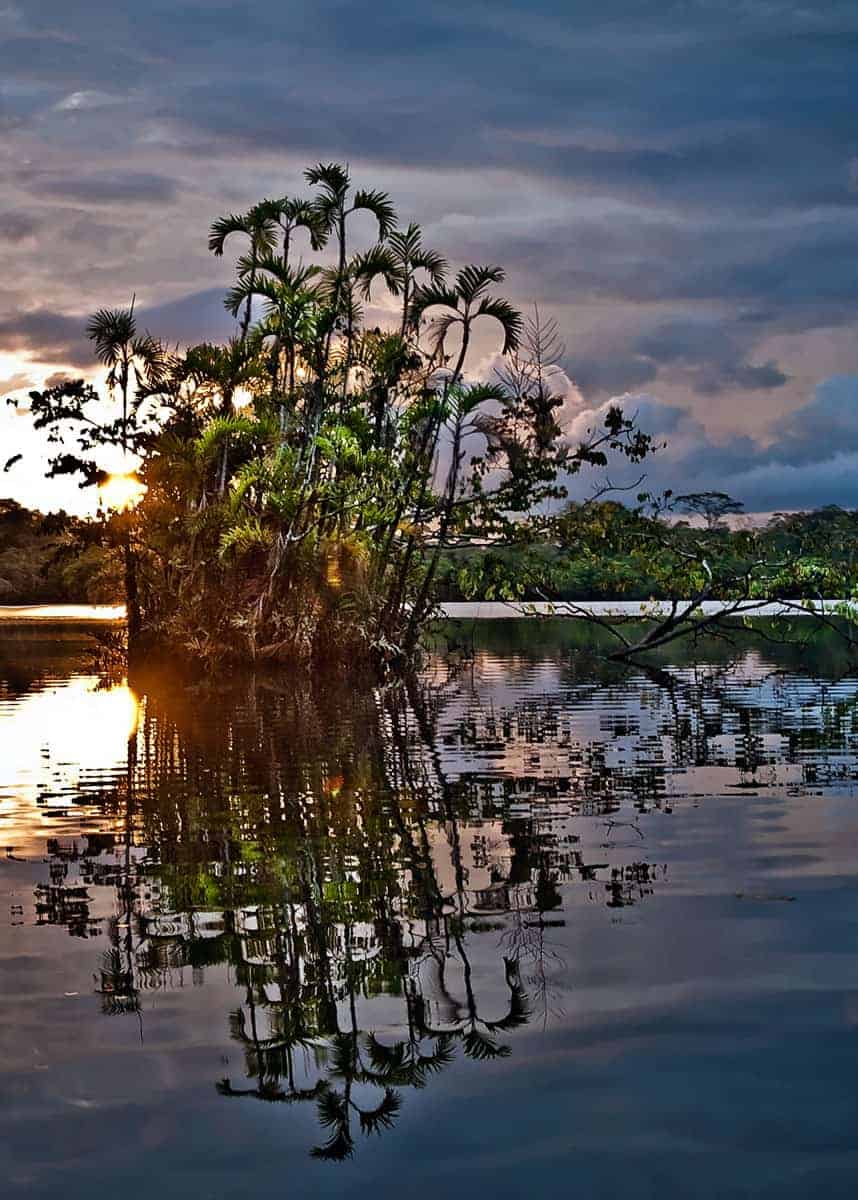
More Reading: 7 Reasons to Visit Podocarpus National Park
Your Turn
Is Yasuni in your Ecuador travel plans? What do you want to see most? Have a question or comment? Join me below!

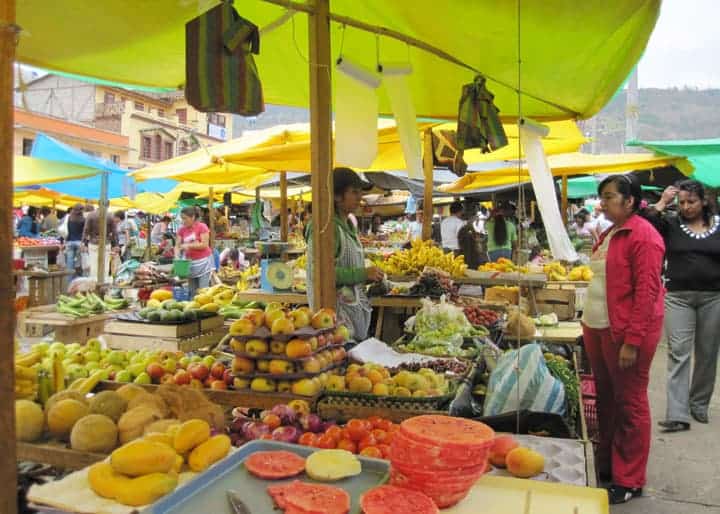
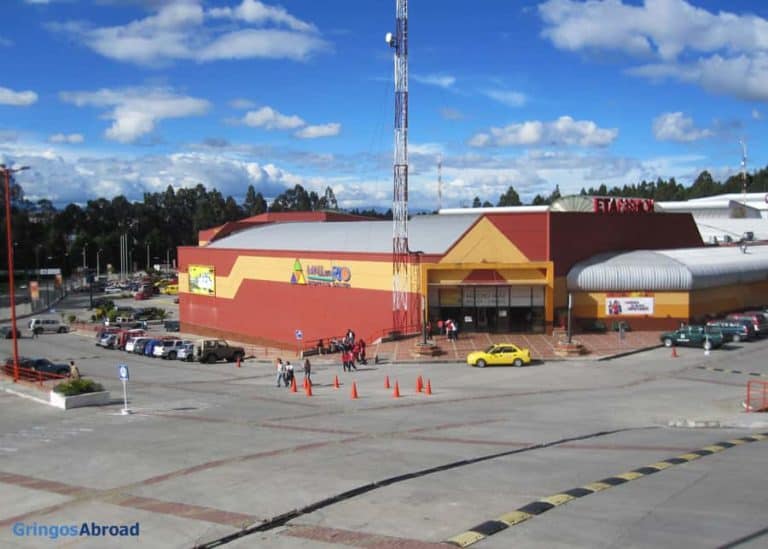
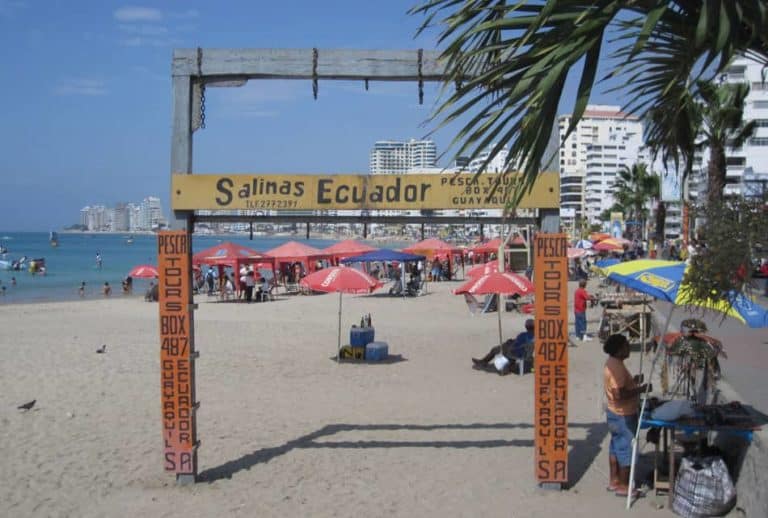

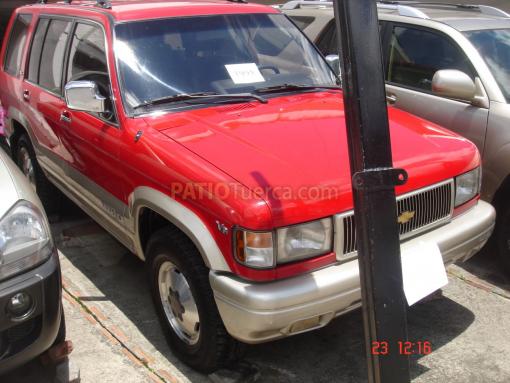

Really like your blog and the information. Any chance you can point us to a good website for finding tours and places to stay? We like smaller groups, 10 or less. Comfortable, safe, clean, but don’t need 5 stars.
We’re coming from Guayquil and are comfortable taking local buses.